Anna Anguissola
Scuola Normale Superiore di Pisa
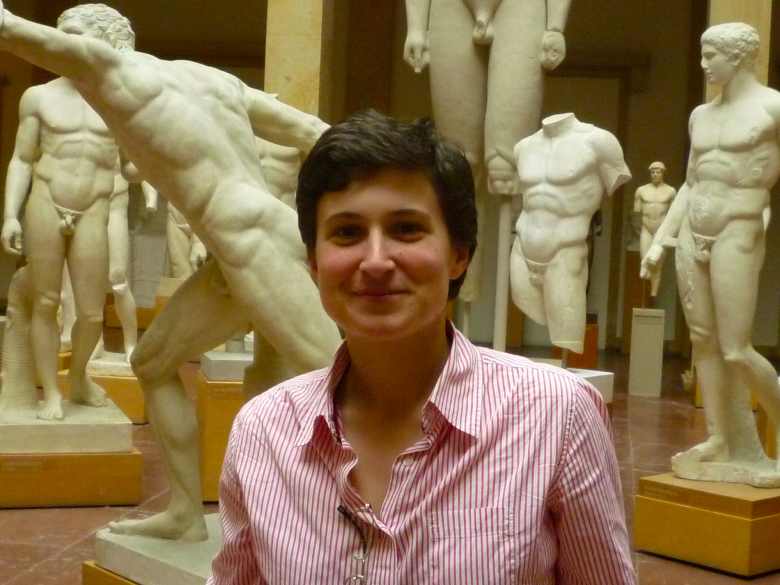
Masterpieces to remember: imitation and the strategies of memory in Roman art
Within Roman visual culture, the memory of Greek sculptural
styles provided a useful tool for expressing a nuanced
variety of concepts, tightly organized in a semantic code of
'new' values and qualities. Displaying the copy of an
ancient masterpiece implied several stages of recollection,
each of which could apply to different viewers, providing
them with a comparable variety of ideas. When it comes to
the reuse of figural traditions, not only are we asked to
distinguish between intention and cliché, but we
should also take into consideration the multitude of layers
through which memory constructed meanings (linking places,
persons and contexts from different times and geographical
areas). References to 'ancient' Greek masterpieces
(chronologically distant) were layered over hints to Roman
'modern' artefacts or places (far closer to the ultimate
recipient) that had already exploited that tradition and had
then turned themselves into prototypes to be retained and
imitated. These are issues and questions that I wish to
address through a set of extremely popular case-studies (the
Diskobolos, the Doryphoros and the Diadoumenos, the
Tyrant-Slayers, the Hercules Farnese, the group of
Hermaphroditos Struggling with a Satyr), each addressing a
particular 'replica series' and its contexts. Memory, here,
provides a highly flexible key for understanding some of the
dynamics that lie at the core of the interest towards
artefacts of the past and their appropriation through
copying.
Publications &
conference papers 2012
Publications &
conference papers (update), 2011
Publications &
conference papers, 2010-2011
Alessandro Barchiesi
University of Siena at Arezzo / Stanford University
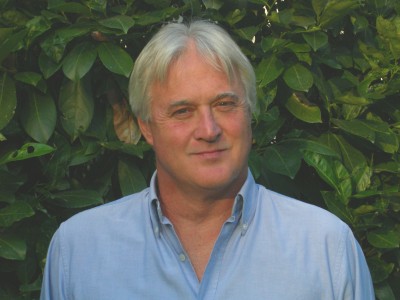
The War for Italia: Conflict and Collective Memory in
Vergil's Aeneid
I am grateful to the Memoria Romana project for
supporting the publication of my book, which is the result
of the 2011 Sather Lectures at the University of
California, Berkeley. The projected volume discusses the
conflict between Italy and Rome as seen in Virgil's Aeneid, and focuses
on two memory-related areas: first, the reconstruction and
re-evaluation in ancient collective memory of the
traumatic events of 91-89 BCE - the so-called Bellum
Sociale between Italici
and Romani -
and second, the reception of Virgil's Aeneid in the context
of modern Italian identity-building.
Sinclair Bell
Northern Illinois University

The Art of the Race: Circus Spectacles and Memory in Roman Culture
As arguably the oldest and most prominent of Rome's
Erinnerungsorte, the Circus Maximus (and the Vallis Murcia
that girdled it) served as a stage not only for the display
of races but also ( through the performance of certain
festivals) for the reenactment of the city's deep past.
While the site's formative role and continued centrality to
Rome's institutional memory has been well-documented,
especially through study of the literary sources, its
importance to individual Romans has gone largely overlooked.
By contrast, the evidence of material culture can offer us
individual, often poignant, testimonies to how spectacles
reached beyond the confines of the arenas themselves and
penetrated deep into the consciousness of everyday Romans.
In mapping the circus's display and re-display in Roman
visual and material culture, this project will demonstrate
how the venue and its games were constantly reactivated with
new meanings and memory for a contemporary audience.
Publications
& conference papers 2012
Publications
& conference papers (update), 2011
Publications &
conference papers, 2010-2011
Nicola Denzey Lewis
Brown University
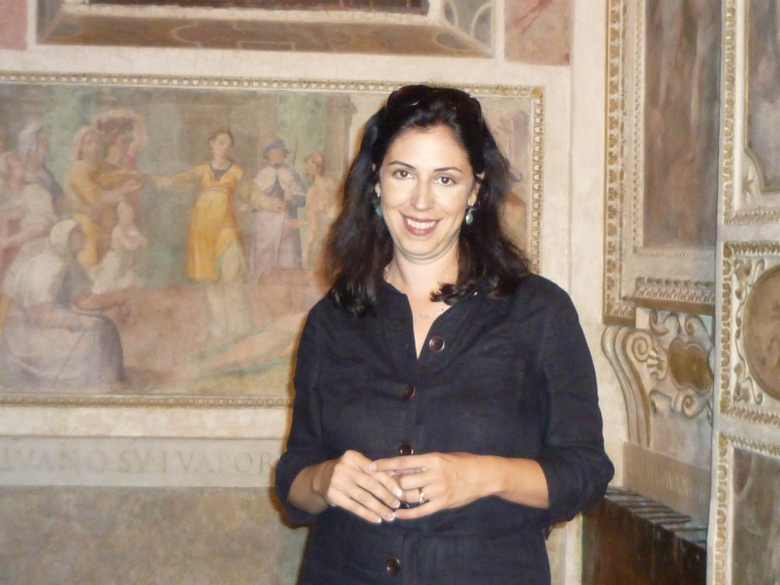
Cultural memory in non-Christian funerary art in late antiquity
Constantine's accession to the imperial seat and his
subsequent "conversion" - whether authentic or self-serving
- initiated a range of social responses from Roman elite,
one measurable in a series of public documents and
monuments. My own work investigates the impact of
Christianization, particularly as it instigates a set of
responses from recalcitrant pagans. My working premise is
that a palpable link exists between the political and
cultural reality that was the end of Empire and the choice
of subjects in privately commissioned non-Christian funerary
art. The art of Rome's last pagans, I argue, reflects both a
nostalgia for things changing and lost and a new
responsibility to preserve a collective cultural memory of
their Greek and Roman past. The construction and role of
collective memory, in fact - its evocation, manipulation,
power to preserve and persuade - can and should be a key
"frame" for reading late funerary Roman monuments. I am
particularly interested in the interplay between image,
narrative, and created space and the manner in which wealthy
patrons commissioned physical space that explored and
exploited Greek myth. What does myth evoke, or was it meant
to evoke, in the late Roman context?
Virginia Fabrizi
University of Udine

Construction and interpretation of historical memory in Ennius' Annals
My research analyzes the construction of a historical,
political and literary memory of Rome in Ennius' Annals.
I'm considering the poem as an attempt at proposing new ways
of interpreting the Roman past and present, and above all of
perceiving Roman identity, in a time, such as the period of
Rome's great Mediterranean expansion, in which the Romans'
self-consciousness underwent radical changes. The assessment
of the ways in which the poet dealt with the historical
events he narrated, re-elaborating or, sometimes, rewriting
them, constitutes an important part of my research. I aim at
showing how the poet's relationship with his historical
material was deeply connected to the need to adapt the
memory of the city to her new reality of leading
Mediterranean power, in order to make it the basis of a new
Roman identity. Under this respect I'd like to show, on one
side, how the imperial destiny of Rome was projected
backwards onto the remote past, which thus acquired the
faculty of influencing and explaining the present, acting as
its mirror and model; on the other side, how the recent past
and the present were deeply transformed, too, by being
turned into the subject matter of Homeric-styled epic, and
how the conventions of epic themselves became a founding
element of a new memory, that was at the same time
historical and poetic. The consciousness of the new identity
of the city thus passed through the perception not only of
her centrality in the Mediterranean world, but also of her
status as privileged subject of epic song. But how could the
new memory proposed in the Annals affect the way
the Romans perceived their own memory and identity? In order
to answer this crucial question, I find it also necessary to
devote considerable attention to the processes of
transmission and reception of Ennius' work. In particular,
I'm going to focus on the dynamics of poetic memory
characterizing the relationships between the Annals
and later Latin literary tradition. I argue, among other
things, that such mechanisms of intertextuality (in which an
important role is played by elements linked to the
vocabulary and imagery of memory) are not simply aspects of
literary practice, but sometimes imply attempts at rewriting
Roman historical, cultural and political memory and can be
read as paralleling the shifts in the perception of Roman
identity through the different historical and political
contexts.
Publications &
conference papers, 2010-2011
Publications
& conference papers (update), 2011
Jessica Hughes
The Open University
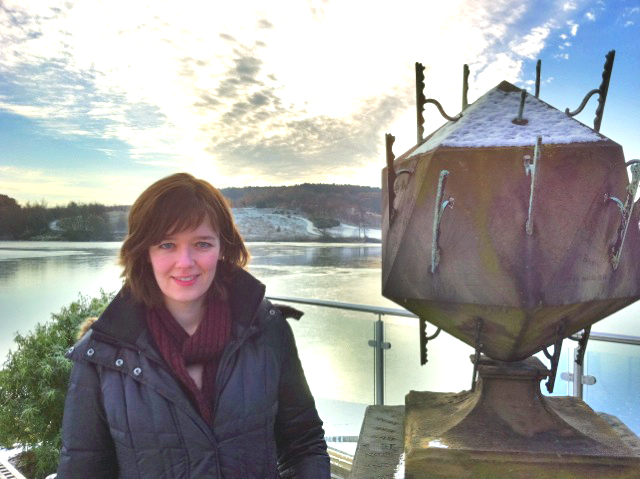
Spolia as Mnemotechnology in Late Antique Rome
Scholars working on memory have often drawn attention to
the link between material practices and mnemonic styles.
The printing press, the photograph, the film industry, the
museum and the world wide web are all examples of how new
ways of 'doing things with things' have profoundly altered
how we archive and access the past. This project looks at
another emergent material practice with implications for
memory, this time from late antique Rome - the creation of
the architectural spolia monument. I plan to revisit
well-known structures like the Arch of Constantine, the
Arco di Portogallo, the Arcus Novus and the temple of
Romulus, asking what these visual palimpsests can tell us
about the way in which Romans selectively remembered their
past. The project has two main components. The first
focuses on 'individual' viewer memory, combining
traditional iconographic and archaeological approaches
with new insights from psychology and cognitive
neuroscience. The second part of the project will move
forward to look at the specific social and cultural
context in which this viewing took place, investigating
how the spolia monuments as mnemonic devices related to
the power structures of late antique society. Questions I
will ask include: Can architectural spolia accurately be
described as a mnemotechnology, and if so, precisely how
did this technology work? How far do the acts of
assembling and curating memories overlap with the creation
and consolidation of a dominant ideology? And - looking at
the broader picture - to what extent did the late antique
spolia monument revolutionise 'ways of remembering' in the
city of Rome and beyond?
Publications
& conference papers, 2012-2013
Publications
& conference papers, 2010-2011
Publications
& conference papers (update), 2011
Bilge Hürmüzlü
Süleyman Demirel University
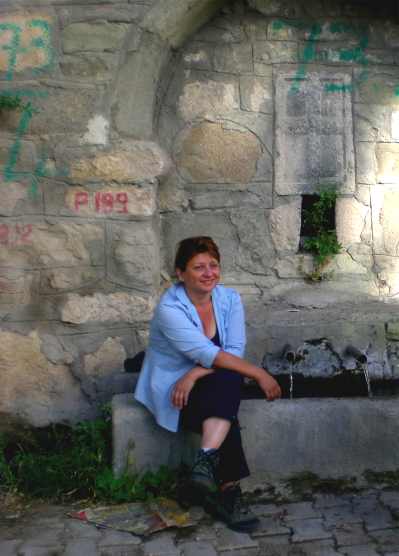
'Pisidian Phrygia': Memory and Social Recognition of Northwest Pisidia in Roman Period
Artistic and architectural motifs and elements belonging
to earlier societies and beliefs frequently reappeared in
the Roman Period. Many such examples are found in Pisidian
Phrygia, suggesting that a collective or cultural memory was
at work even centuries after the original presence. Were
these only decorative elements? Or are they evidences of
"the power of the collective memory"? What, exactly, were
the burial customs before and during the Roman Period in the
region? What were the innovations and what do they mean in
terms of the (dis)continuity of cultural memory? Certainly
funerals were and are direct reflections of a society's
belief in the afterlife. Collective memory also plays an
important role in the presentation of grief and mourning.
Burial types, goods, and modalities of display, which are
often the symbolic keys to unlocking commemoration of status
and prestige, will be studied in this project. Since these
illustrate a nexus of social concerns from grief for the
deceased to the celebration his or her power before a
particular audience, they present an important reflection of
the social memory. My focus is on how this process worked in
the northwest part of Pisidia especially in regard to the
rituals, which are an intrinsic part of cultural memory,
during the Roman Period.
Publications &
conference papers, 2010-2011
Publications
& conference papers (update), 2011
Zena Kamash
University of Oxford
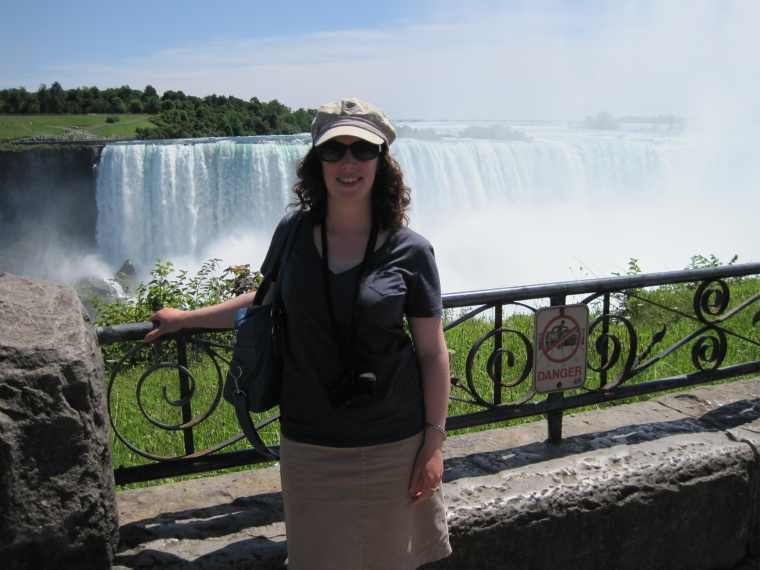
Memory, materiality and religion in Roman Britain
This project aims to explore how material manifestations
of religion and religious activity in Roman Britain used and
manipulated memories to create present identities and
project hopes into the future. By bringing the role of
materiality in memory to the fore, this project will build
on the potential of material studies of memory to enrich our
understandings of the ancient world as illustrated by eg
Tatum and Alcock. This project will gather together
information on architecture, finds and sites in a
comparative framework, looking in detail at the best
investigated temple sites in Britain and making briefer
comparisons with other known temples. In addition, a
selection of artefact assemblages from other locales, such
as significant natural places (eg rivers) and domestic
spaces, will be explored. Specific questions to be asked
include: did these religious places become recognised as
Nora's lieux de mémoire and if so, how? Did the
physical environment and performance of specific activities
work together or separately to create memories? How did the
formalisation of religious architecture in the Roman period,
and in particular the sensory impact this must have had,
effect memory audiences? When sites were reused or built
over, did this represent processes of remembering or of
forgetting? Was visibility, necessarily, an indispensable
component for remembering for all audiences in the Roman
world? Finally, and central to all these questions, who were
these memory audiences and how did their different
identities affect their remembrances? It is hoped that
through a focus on materiality and religion in Roman Britain
this research project will engender novel insights into
memory's role in the creation of pasts, presents and futures
in a dynamic period and place in Rome's history.
Chris Keith
Lincoln Christian University
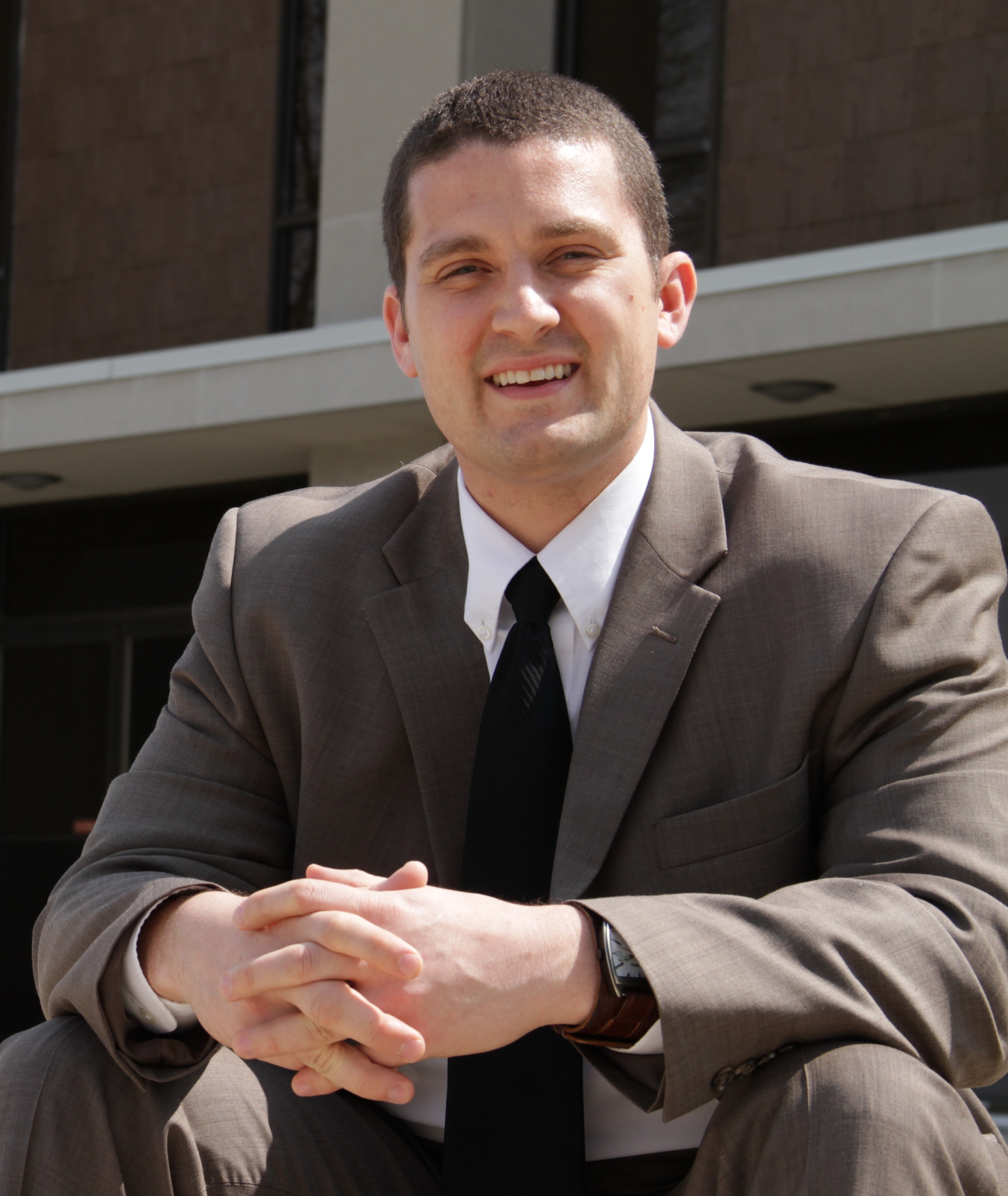
The Persecution of Memory: Christians and Their Books
under Diocletian
My research focuses on the manners in which ancient
Christians were embedded in the practices of the
intertwined reading and memory cultures of the Roman
Empire and simultaneously used those practices in order to
construct and express an identity that was, in many ways,
at variance with the Empire. Thus,
I am concerned with the role of early Christian texts, as
physical commemorative artifacts, in the construction and
maintenance of early Christian identity vis-à-vis
both the Empire at large and Judaism.
Of particular interest from this perspective are
both the development of early Christian book culture
itself (especially the move from oral tradition to written
tradition) and the eventual imperial response to that
culture in the Great Persecution under Diocletian, where
the pogrom took the form of elimination of Christians’
sacred texts.
Publications
& conference papers, 2012
Publications
& conference papers, 2011
Pietro Li Causi
Università di Palermo
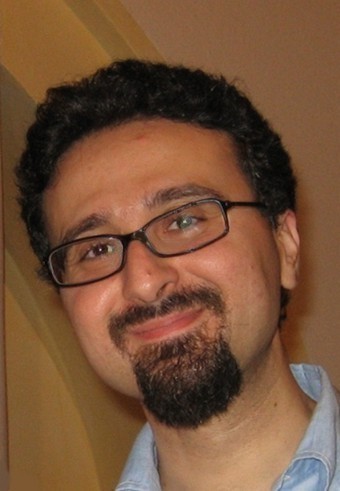
Memoria nel De Beneficiis di Seneca
Il mio progetto di ricerca verte sull'uso e sulle strategie della memoria all'interno del De beneficiis di Seneca. Più in particolare sono tre gli ambiti che mi interessa esplorare: 1) le dinamiche dell'oblio e della memoria all'interno del protocollo senecano della gratitudine; 2) le dinamiche della costruzione delle identità all'interno dell'interazione rituale del bene facere; 3) la monumentalizzazione di determinati personaggi che, nelle sezioni narrative del trattato, incarnano e personificano le argomentazioni teoriche senecane.
Michèle Lowrie
University of Chicago
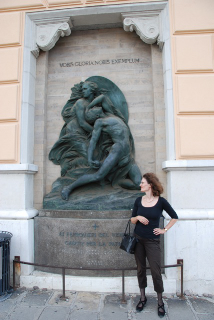
Exemplarity /
Singularity
A Conference at the University of Chicago
March 8-10, 2012
Organizers: Michèle
Lowrie (Classics, Chicago), Susanne Lüdemann (German,
Chicago)Co-sponsored by: Memoria Romana Project, Franke Institute - U.Chicago, Center for Interdisciplinary Research on German Literature and Culture at U.Chicago, Depts. of Classics and Germanic Studies at Chicago, and Chicago Rhetoric and Poetics Workshop
This interdisciplinary conference considers the role of the exemplum in constructing subjectivity and the long history of this figure of thought's transformations into quite other structures in modernity. The example hands down the past and conditions the future. At issue are knowledge formation and transmission, memory and its media, the pragmatics of telling stories, the structure of the disciplines, and the interaction of the normative with the exceptional.
Participants: Clifford Ando (Classics, Chicago), Jim Chandler (English, Chicago), Alex Dressler (Classics, Wisconsin), Paul Fleming (German, Cornell), Christiane Frey (German, Princeton), Jan Goldstein (History, Chicago), Barbara Hahn (German, Vanderbilt), Rebecca Langlands (Classics, Exeter), Simon Malloch (Classics, Nottingham), David Martyn (German, McCalister), Michael Peachin (Classics, NYU), Matthew Roller (Classics, Johns Hopkins)
Publications & conference papers, 2012
Publications & conference papers, 2011
Eric Orlin
University of Puget Sound

Creation of cultural identities in Augustan Italy
I am interested in exploring how the reshaping of cities
and their institutions throughout Italy during the Augustan
period allowed for the construction of a Roman community and
collective identity that incorporated both Italians and
Romans. Many cities all over Italy saw dramatic rebuilding
under Augustus, ranging from practical elements such as
walls, gates, and aqueducts to theaters, amphitheatres, and
religious sanctuaries. My project focuses on the site of
Hispellum (Spello) in Umbria, both because the massive walls
and other projects initiated during this period presented a
new visual landscape and because Augustus involved the city
with religious practices at the nearby Lacus Clitumnus and
at Fanum Voltumnae across the foothills in Etruria. By
examining how the physical monuments and religious rituals
created new associations and new memories, I hope to
illuminate an important mechanism that contributed to the
emergence of a new sense of Roman community.
Publications
& conference papers, 2012
Publications
& conference papers (update), 2011
Publications &
conference papers, 2010-2011
Felipe Rojas
Post-doctoral Research Fellow
Joukowsky Institute for Archaeology and the Ancient
World
Brown University

Anatolian Realia
and the Roman Beholder
I study Roman “antiquarianism”, specifically, the reinterpretation and redeployment of archaic objects in Asia Minor between the first and the fourth centuries CE. I am currently writing a book that examines how the men and women of Anatolian cities such as Sardis, Ephesus, and Halicarnassus interacted with Iron and Bronze-Age remains, using them to conceptualize and articulate the local past, as well as to delineate and express individual and communal identities. My purpose is to elucidate the role of specifically Anatolian realia in the construction of a shared group consciousness in Roman Asia Minor. In addition, I aim to draw attention to strictly physical manifestations of Roman “antiquarianism” and demonstrate that interest in the past was not solely—or even primarily—a literary or mental pursuit. Rather, I show that the material matrix of memory was comprised of pre-existing landscapes, buildings, and statues that were reimbued with meaning, even as brand new objects to celebrate the local past were also being created.
Barbette Stanley Spaeth
College of William and Mary

Utilization of memory in Roman Corinth
In 146 B.C.E. the Roman general Lucius Mummius sacked
Corinth as an example of what happened to those who resisted
Roman rule. After this destruction, the city was largely
abandoned for the next century, until Caesar sent out a
colony to reoccupy the site in 44 B.C.E. An important
question for scholars has been the extent to which Roman
Corinth deliberately retained ties with its Greek
predecessor. Did the Roman colonists and their descendents
attempt to revive or to suppress the memory of the ancient
Greek city and to what end? One area that has proven pivotal
in examining the relationship between Greek and Roman
Corinth is religion. Recent scholarship generally has taken
the position that the leaders of Roman Corinth continued, or
more properly revived, the important state cults of the
Greek city in an attempt to add the luster of antiquity to
their new city. The main evidence adduced to support this
position is that the major divinities of the Greek period in
Corinth continued to be worshipped in the Roman era, and
several major cult sites of the Greek period were
rededicated to the same divinities in the Roman era,
including the Temple of Apollo off the Forum, the Sanctuary
of Asklepios along the northern city wall, the Temple of
Aphrodite on top of Acrocorinth and the Sanctuary of Demeter
and Kore on its slopes. The problem with this interpretation
of the evidence, I argue, is that it ignores significant
differences between Greek gods and Roman ones and between
the Greek and Roman cults devoted to these divinities. My
project is examine the evidence for the four major cult
sites in Corinth that were reused by the Romans and attempt
to answer these questions: Were the divinities worshipped at
these sites and the cults practiced there Greek or Roman? If
the evidence shows that they were in fact Roman, then why
did the leaders of Roman Corinth choose to reuse the Greek
cultic sites for them? I hypothesize that by choosing these
sites the leaders of the city invoked the memory of the
earlier Greek cults, but by replacing these cults with Roman
ones, they were co-opting that memory in an assertion of
Roman power and dominance.
Karen Stern
Brooklyn College, CUNY
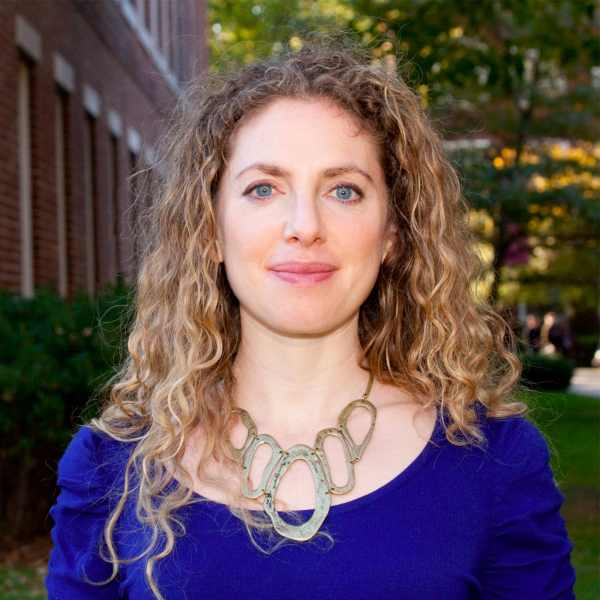
History, Memory, and Graffiti in Jewish Mortuary
Contexts in Rome
Hundreds of epitaphs discovered in catacombs attest populations of Jews who once inhabited the city of Rome and buried their dead outside its walls. Hebrew scripts, menorah symbols and inscriptions of Ioudaios on epitaphs have drawn scholarly attention and have inspired study of Jewish populations, who buried in the Randanini, Monteverde and Torlonia catacombs in late antiquity. Closer inspection of these burial complexes reveals that ancient visitors had also marked their hallways and burial spaces with graffiti, which included personal names, well-wishes for the dead, and symbols associated with the destroyed Second Temple in Jerusalem. These graffiti have evaded systematic documentation and analysis, partly due to their apparently casual or secondary natures. Patterns in content and placement of graffiti and dipinti, however, suggest that catacomb visitors employed informal writing and decorative strategies not only to memorialize individuals, but also to express and perpetuate notions of collective historical memory. While the intentions of ancient actors and artists remain elusive, considerations of graffiti and dipinti illuminate overlooked modes of personal and collective memory that informed Jewish mortuary practices in late ancient Rome.
Rebecca Sweetman
University of St. Andrews
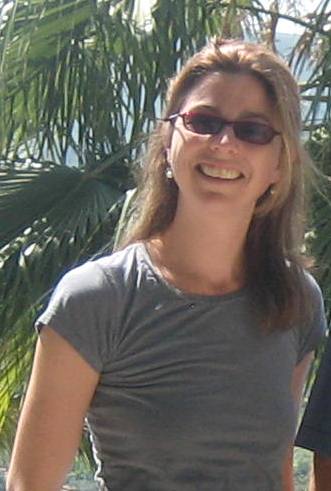
The Christianization of the Peloponnese: Memory
and De-memorization
Using archaeological evidence, specifically the
architecture and topography of Late Antique churches, I will
argue for the manipulation of memory and use of
'de-memorization' of the Greek landscape to instigate and
consolidate one the greatest social changes in the Roman
Empire, that is, the widespread adoption of Christianity.
Literary evidence indicates a single process of unequivocal
and forceful spread of Christianity with an intolerance of
any pre-Christian religious practice. On the other hand, the
archaeological evidence, particularly the choice of location
of churches in urban and sanctuary space and continuation of
cult in some cases, suggests a much more relaxed attitude to
Christianization than history relates. To rationalize these
apparently different interpretations, while at the same time
not underestimating the socio-political and economic agendas
of Christianization, the concept of memory theory is applied
and will show that the Christianizing process was both
subtle and active and different periods in different places.
This study will show how the mortuary, baptismal or
episcopal functions of Christian churches in the Peloponnese
and their location on the edges of towns or sanctuaries
helped to quench the earlier social memories, by creating a
new focus of community ceremony.
John Weisweiler
University of Chicago
Recipient of Marie-Curie Fellowship: University of Chicago (2010-2012),Heidelberg (2012-2013), for the project, "Trans-regional élites in the Later Roman Empire."

New modes of memorialization in fourth-century Rome
In the fourth century AD, emperors spent most of their
reigns close to their armies in the frontier regions of the
Roman Empire. Imperial visits to Rome became rare events. My
project looks at the visual media employed by aristocrats in
Rome to articulate their relationship to the absent
emperors. It explores the ways in which the emergence of
physical objects which were able to preserve the memory of
imperial closeness created new relationships of solidarity
and dependence in the ancient capital.
Publications
& conference papers, 2012
Publications
& conference papers (update), 2011
Publications &
conference papers, 2010-2011
Last modified Mar. 20, 2013
bnatoli@utexas.edu